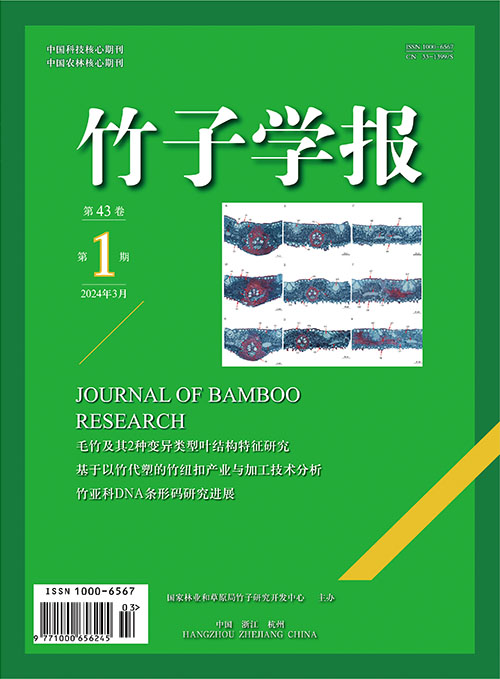2020 Vol. 39, No. 1
Display Method:
2020, 39(1): 1-12.
Abstract:
2020, 39(1): 13-23.
Abstract:
2020, 39(1): 24-32.
Abstract:
2020, 39(1): 33-37.
Abstract:
2020, 39(1): 38-45.
Abstract:
2020, 39(1): 46-52.
Abstract:
2020, 39(1): 53-60.
Abstract:
2020, 39(1): 61-64.
Abstract:
2020, 39(1): 65-67.
Abstract:
2020, 39(1): 68-72.
Abstract:
2020, 39(1): 73-78.
Abstract:
2020, 39(1): 79-85.
Abstract:
2020, 39(1): 86-89.
Abstract:
2020, 39(1): 90-94.
Abstract:



